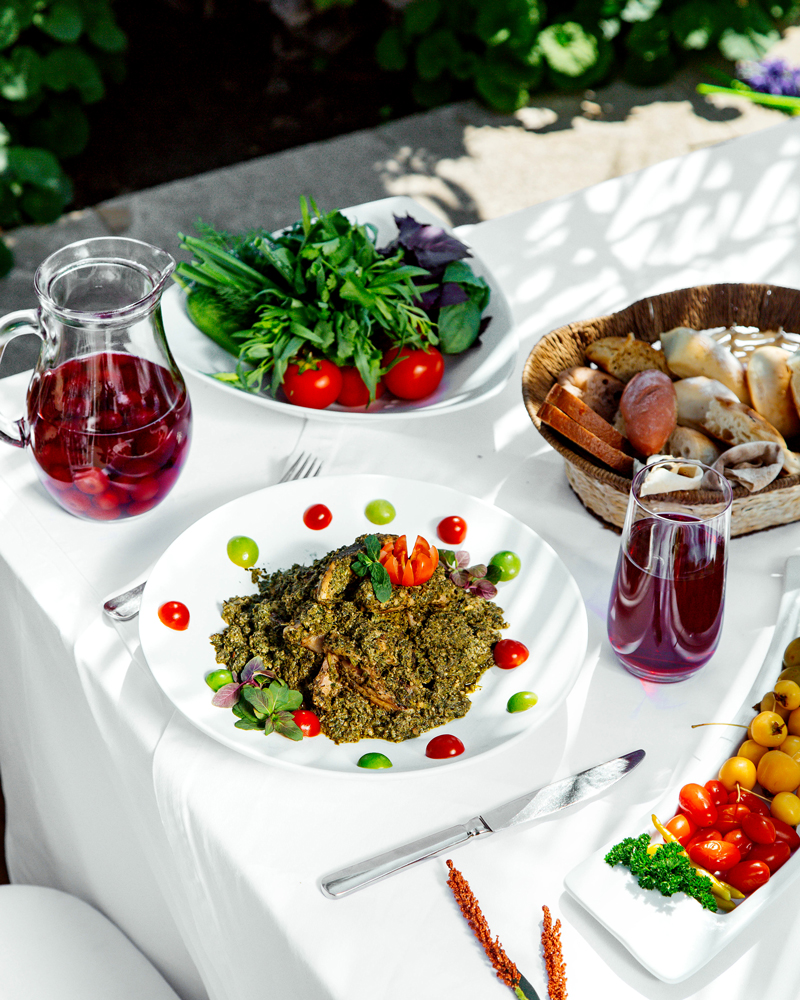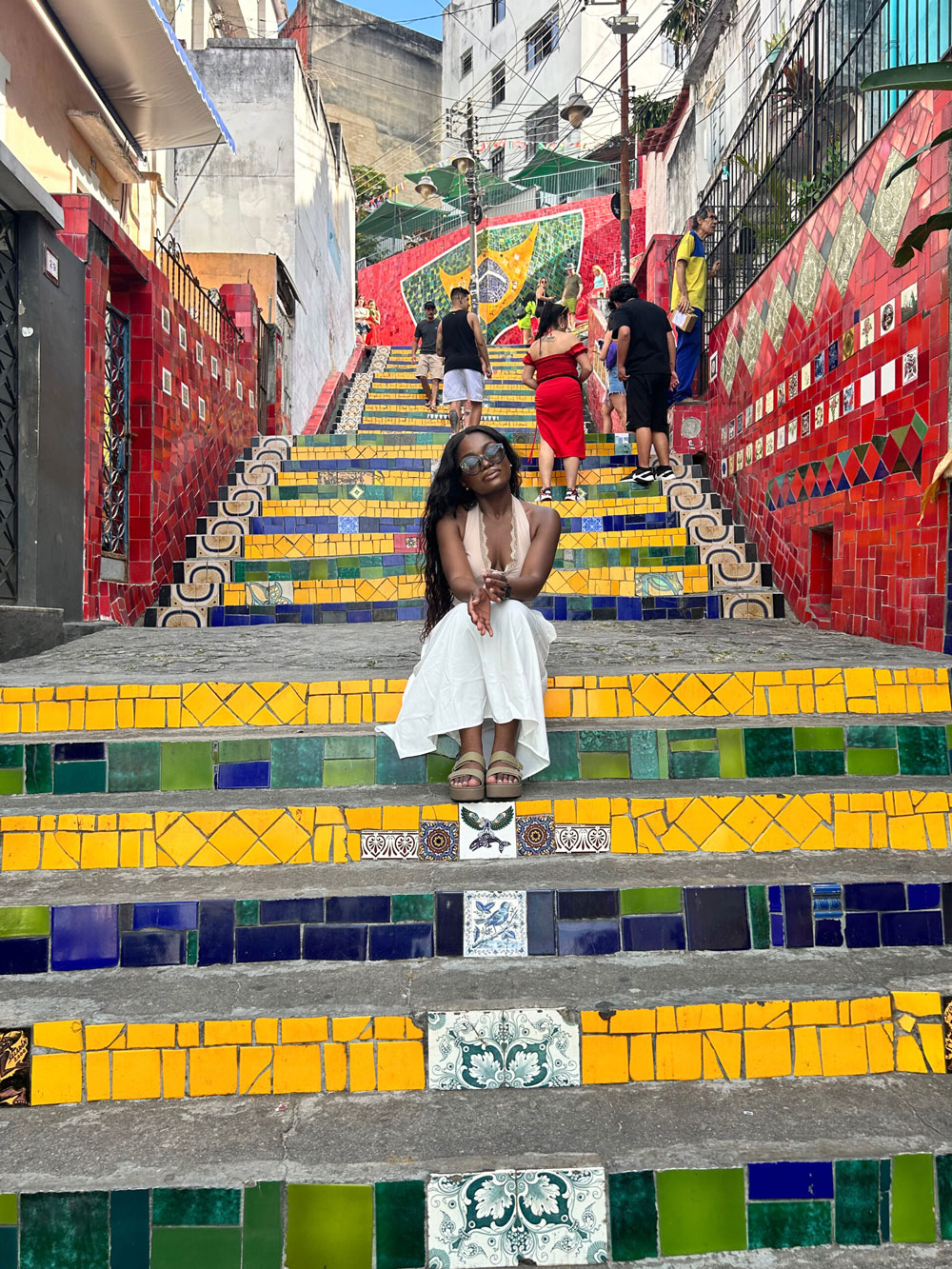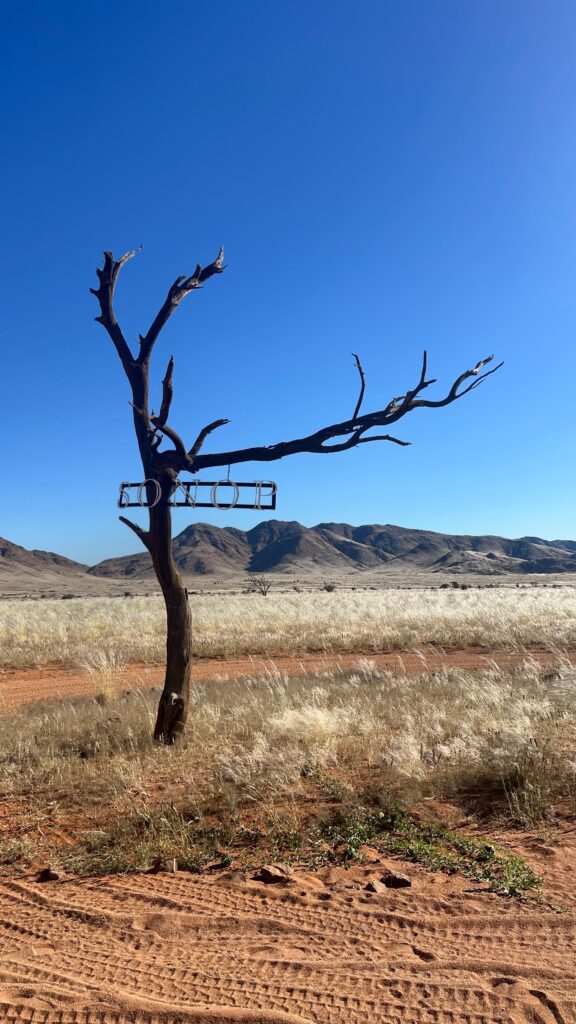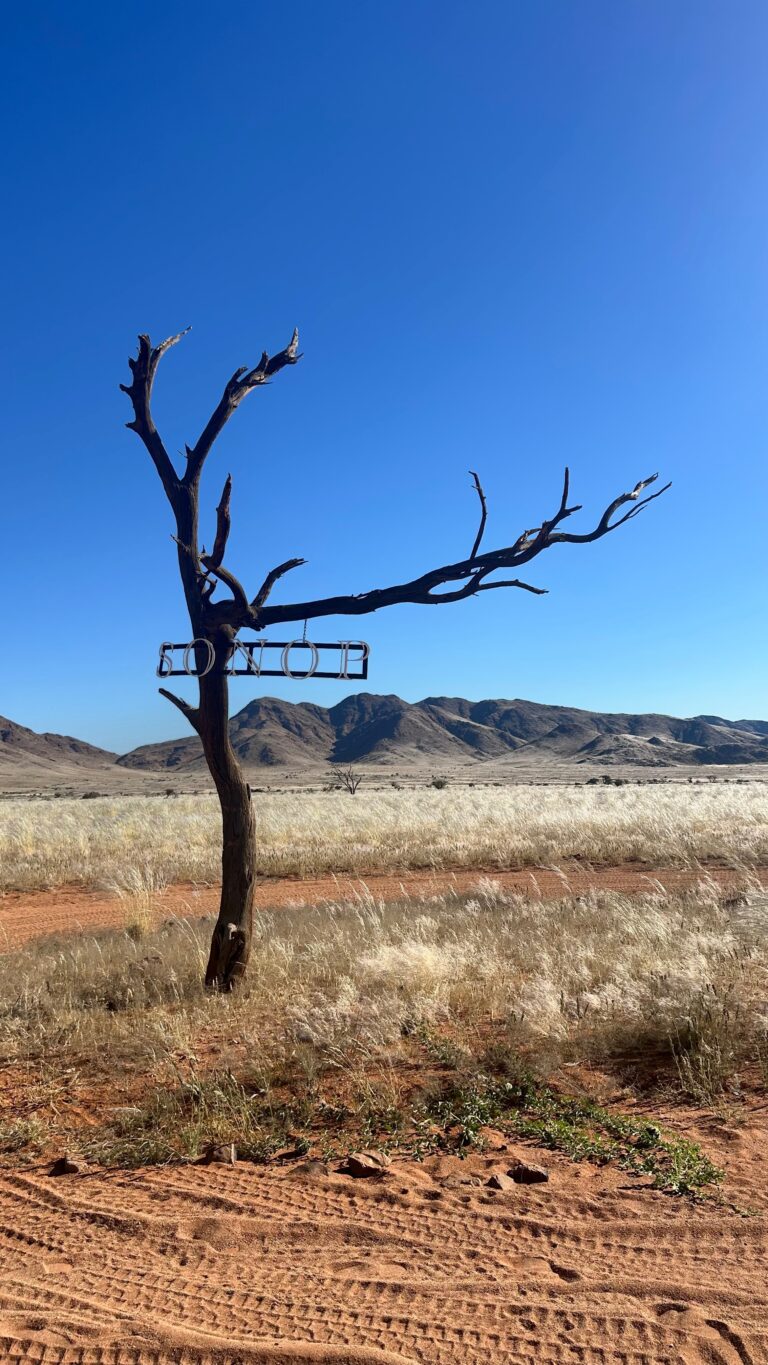Food, in all its vibrant colors and intricate details, has always been a muse for artists. But in the world of photography, food isn’t just something to be enjoyed on the plate—it’s a subject that tells a story, evokes emotions, and invites us to see the world through a new lens. A photographer’s feast is more than just a meal—it’s an opportunity to capture the essence of a culture, a moment in time, or the artistry of a well-prepared dish.
In this post, we’ll explore how food and photography come together, creating a visual feast that is both artistic and appetizing. Whether you’re a seasoned photographer or just someone who loves capturing life’s beautiful moments, the world of food photography offers endless possibilities.
The Art of Food Photography
Food photography goes beyond simply snapping pictures of what’s on your plate. It’s about using light, composition, and styling to create an image that not only showcases the dish but also enhances its appeal. A photograph can bring out the textures, colors, and shapes of food, transforming a simple bowl of soup or plate of pasta into a work of art.
The key to great food photography lies in understanding how to make the food look irresistible. Here are some tips to help you master the art:
- Play with Lighting: Light is the most important element in any photograph, and food photography is no exception. Natural light is often preferred as it highlights the natural textures and colors of the food. Soft, diffused light can make the dish look fresh and appetizing, while dramatic lighting can add depth and mood to the scene.
- Focus on Details: The beauty of food lies in the details. Whether it’s the glossy sheen of a ripe fruit, the steam rising from a hot dish, or the texture of a crumbly pastry, highlighting these small features can make your food photographs stand out.
- Composition Is Key: Consider the layout of your shot. Use the rule of thirds to place the main subject off-center, or experiment with overhead shots to show the full spread of a meal. Symmetry can also work well in food photography, especially with dishes that have distinct shapes or patterns.
- Props and Styling: To bring your food images to life, think about the props you use. A rustic wooden table, elegant plates, and fresh ingredients can add context and interest to your shot. Don’t forget about garnishes—small touches like a sprig of rosemary or a sprinkle of sea salt can elevate your photo.
- Capture the Story: Food photography isn’t just about the food itself; it’s about telling a story. A photographer’s feast is one where the food becomes a narrative. Is it a festive meal with family and friends, a quiet moment at a café, or a street food vendor preparing something fresh? Every photo has a story to tell.
The Beauty of Cultural Food Photography
One of the most rewarding aspects of food photography is the ability to capture the culinary traditions of different cultures. Each dish has its own story, rooted in the history and customs of the people who created it. From the intricate sushi rolls of Japan to the colorful spices of Indian cuisine, food photography allows us to explore the world’s diverse flavors and traditions.
Photographing food from different cultures opens a window into the heart of a community. It’s an opportunity to preserve traditions, share authentic recipes, and highlight the importance of food in bringing people together. In fact, food photography often serves as a visual journey, connecting viewers to far-off places without them ever leaving home.
Food Photography as a Creative Outlet
For photographers, food offers an endless canvas for creativity. Whether you’re shooting in a professional studio, a home kitchen, or at a local market, there’s always something new to experiment with. The world of food photography encompasses a wide range of styles—from minimalist, clean compositions to vibrant, chaotic scenes filled with ingredients.
Photographers can play with movement, such as capturing the moment when a drink is being poured or a knife cuts through a slice of cake. They can also experiment with different angles, textures, and colors, creating dynamic images that convey both the look and feel of the dish.
A Photographer’s Feast Around the World
If you’re lucky enough to travel, food photography can take on an even greater significance. Whether it’s street food in Bangkok, seafood on the coast of Italy, or fresh produce at a bustling farmers market, food photography lets you immerse yourself in the local culture.
In fact, food can be one of the best ways to document your travels. A photograph of a freshly prepared dish not only captures the essence of the food but also evokes the sounds, smells, and atmosphere of the place you’re visiting. It’s a way to preserve the experience, making it come alive whenever you look at the photo.
Conclusion: Indulging in a Photographer’s Feast
Food photography is an art form that blends creativity, technique, and passion. It allows photographers to showcase not only the beauty of food but also the stories behind it. Every dish is a new opportunity to experiment, capture unique perspectives, and celebrate culture and creativity.
For a photographer, food offers an endless feast of possibilities. From the vibrant hues of fresh produce to the steam rising off a freshly baked loaf of bread, every shot is a chance to savor the beauty of food through the lens. So the next time you find yourself at a table, remember: you’re not just indulging in a delicious meal—you’re also creating a masterpiece.








